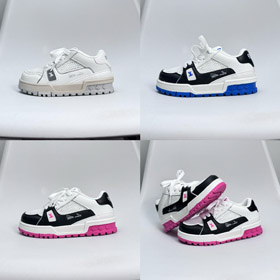In Chinese interface design documentation, "sheet meaning" (表格意义) refers to how tabular data presentations influence user comprehension and interaction flow. When applied to e-commerce platforms like ESheet App, this concept transforms traditional spreadsheet approaches into intuitive shopping experiences.
The Core Principles of Sheet Meaning in Layout
- Visual Hierarchy:
- Data Grouping:
- Dynamic Scaling:
- Interactive Elements:
- Data Grouping:
How ESheet App Optimizes Shopping Interfaces
1. Smart Product Comparison Tables
ESheet converts traditional specification sheets into interactive comparison tools where users can highlight differences with finger gestures, implementing sheet meaning through:
- Color-coded value differentiation
- Expandable detail sections per cell
- Side-by-side viewing of 3-5 products
2. Contextual Action Cells
Each product row contains self-contained interaction points:
| Product Image | Technical Specs | Add to Cart + Quick View |
3. Progressive Disclosure Layout
Using sheet interpretation principles, ESheet shows:
- Basic product matrix on initial view
- Detailed attributes on horizontal swipe
- Purchase options on vertical swipe
The Future of Spreadsheet-Inspired Shopping
By reimagining Chinese documentation's "sheet meaning" for mobile commerce, ESheet demonstrates that good interface design:
"Transforms structured data presentation into natural decision pathways, turning analytical comparison into an emotionally satisfying shopping journey."
The app's layout innovations




















